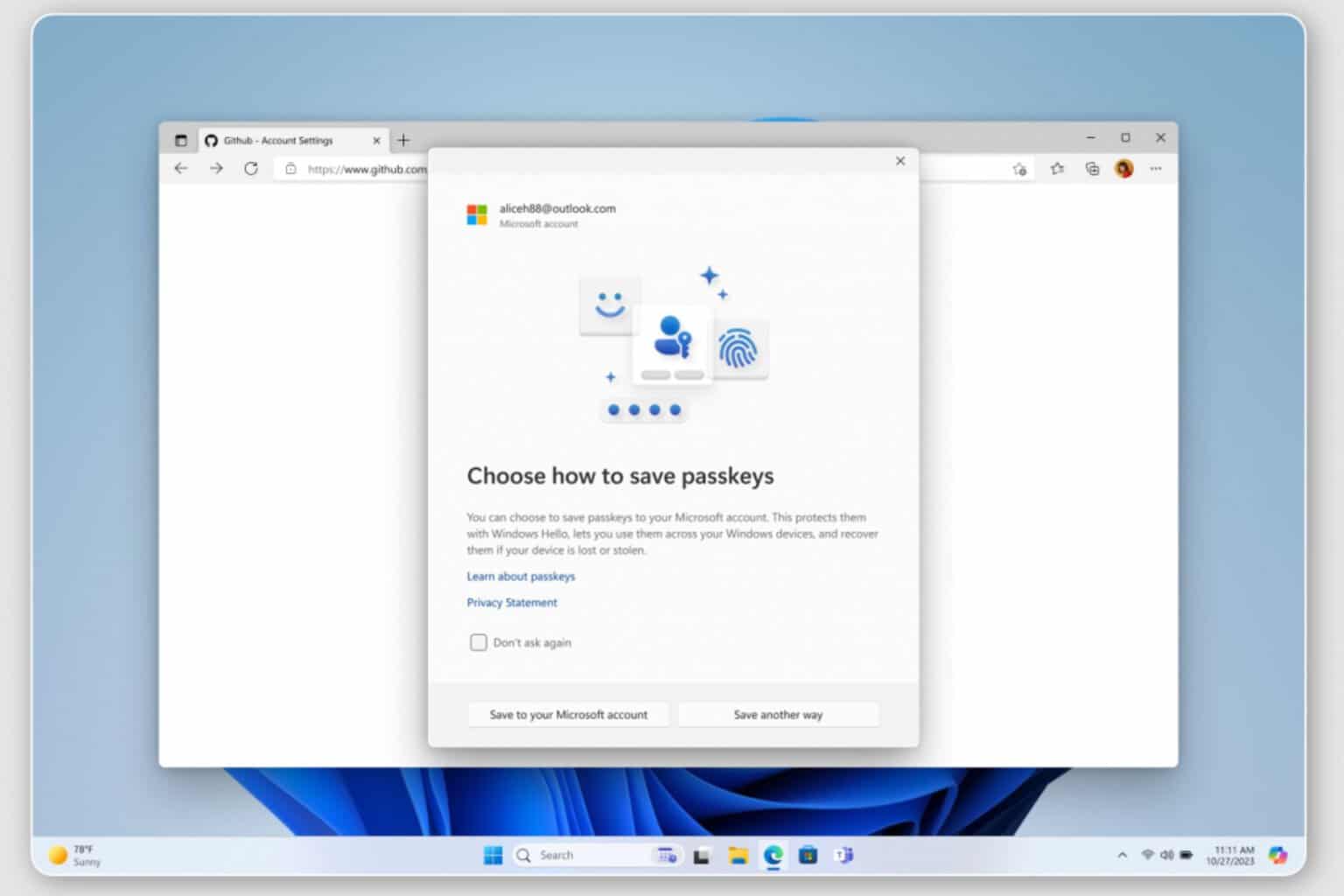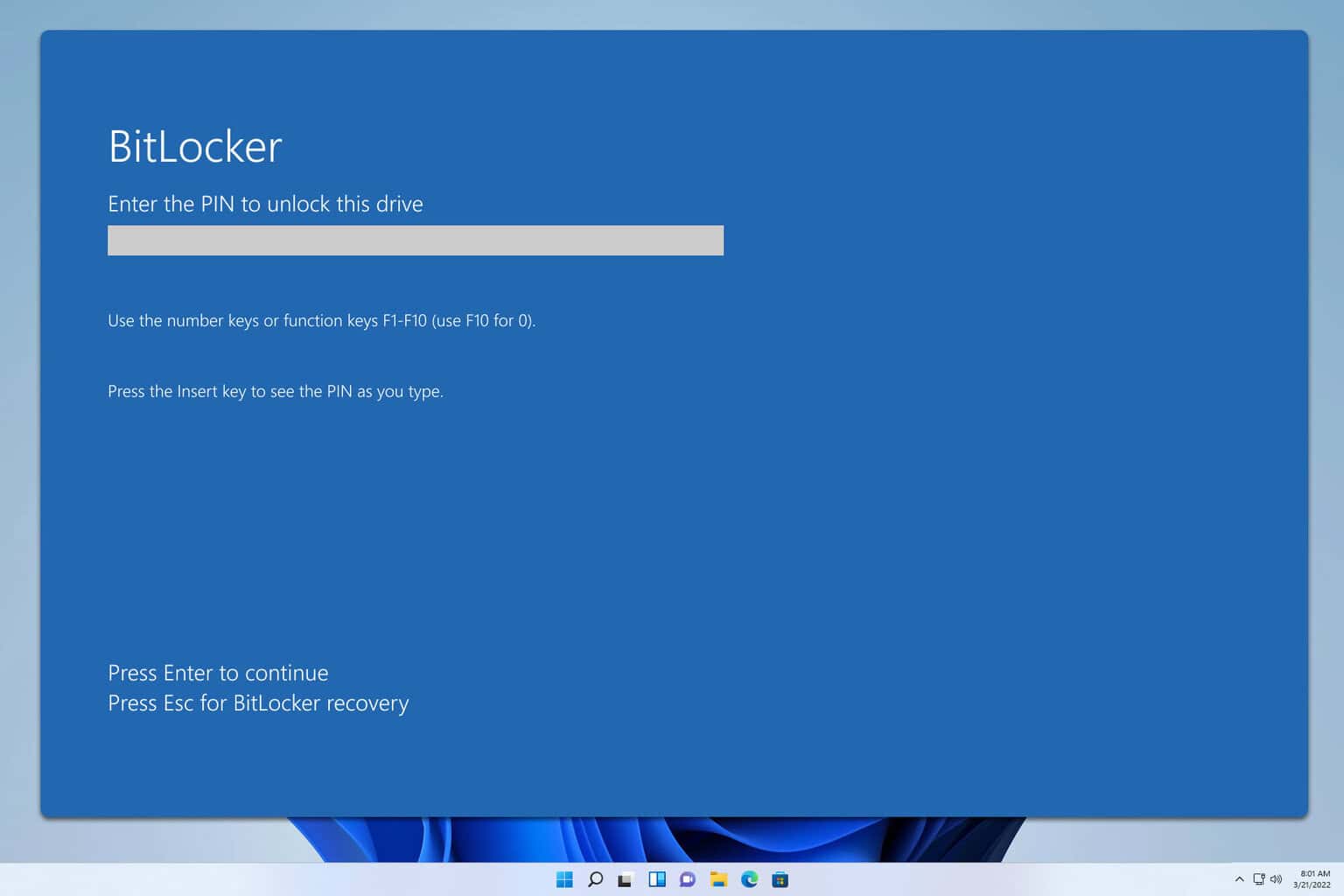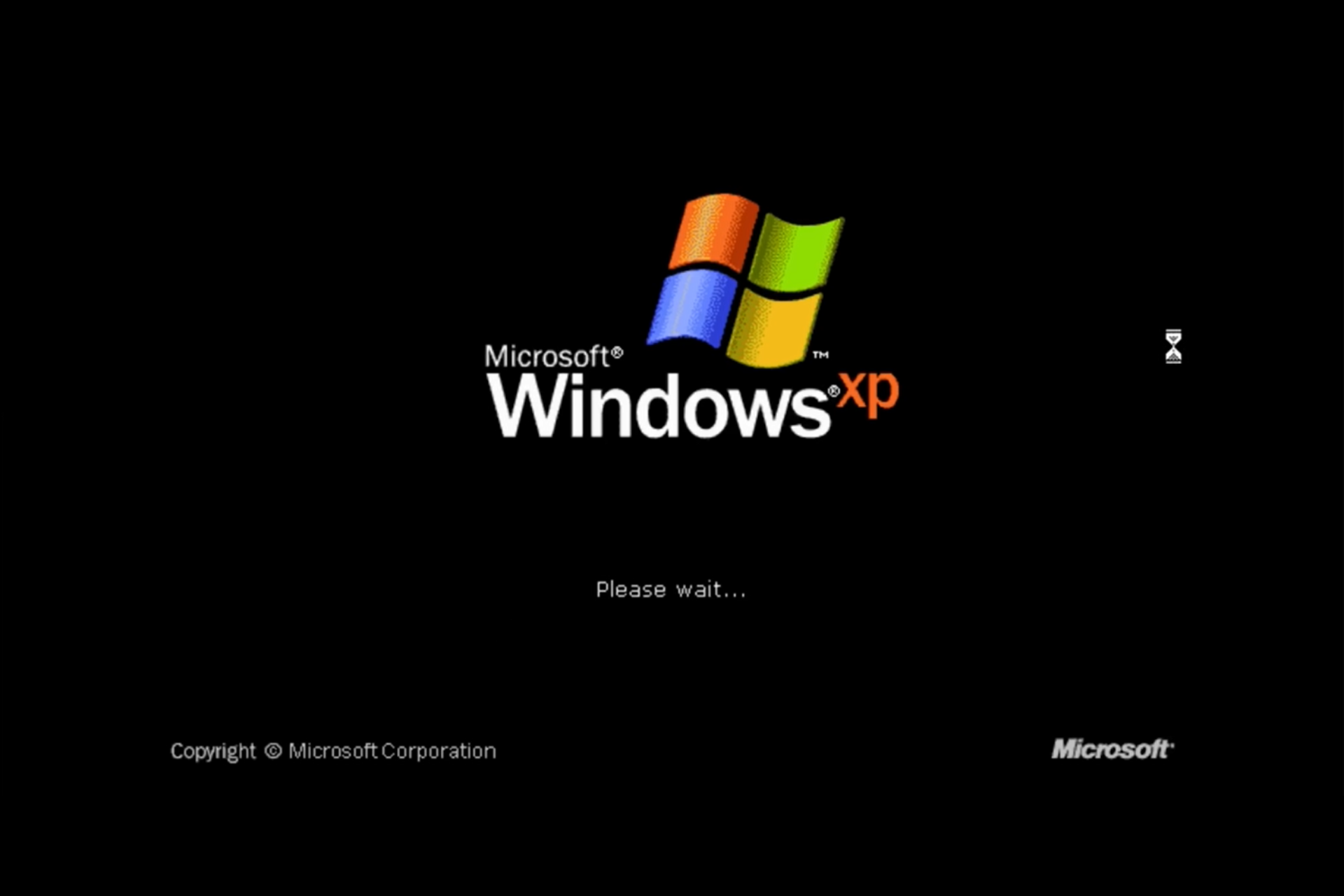Microsoft talks faster Edge browsing with WebUI 2.0
2 min. read
Published on
Read our disclosure page to find out how can you help Windows Report sustain the editorial team. Read more

Microsoft’s new markup-first architecture for its Edge browser should help speed up the overall experience of the company’s first party web browser.
According to a new entry in the Microsoft Edge blog, Microsoft’s months-long update release roadmap for 2024 will culminate with the rollout of a new architecture intended to address feature updates within the company’s web browser.
Over the past handful of months, Microsoft has quietly been updating features within its Edge browser that include History, Downloads, Wallet, Favorites, and more. Since Edge 122 began rolling out, Microsoft claims its browser UI is “now 42% faster for Edge users,” and up to 76% faster for people on lower end spec’d devices such as 8GB of RAM and even lack an SSD.
Thanks to feedback and a collection of data from Edge users, the company has been able to determine that its bundles of code for the browser has been crippling its ability to be a snappier experience for users,
However, Microsoft isn’t through with improving Edge, as stated in the blog post, the company will roll out a new web rendering architecture that will allow the company to deliver more modular updates to components of Edge dubbed WebUI 2.0.
In this project, we built an entirely new markup-first architecture that minimizes the size of our bundles of code, and the amount of JavaScript code that runs during the initialization path of the UI. This new internal UI architecture is more modular, and we now rely on a repository of web components that are tuned for performance on modern web engines. We also came up with a set of web platform patterns that allow us to ship new browser features that stay within our markup-first architecture and that use optimal web platform capabilities.
Microsoft Edge Team
Microsoft has already begun using WebUI 2.0 and did so with the release of Edge 122 which brought the aforementioned Browser Essential responsiveness improvements back in late February 2024.
Microsoft plans to apply its small bundled and modular architecture to more of its first-party browser soon to help reduce the amount of UI-rendering JavaScript code it currently relies on, while optimizing the overall speed of the browsing experience for Edge users in the future.









User forum
0 messages